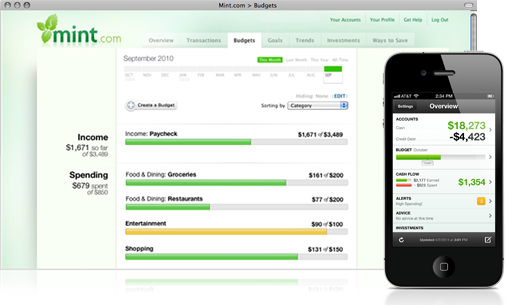Mobile wallets face uphill struggle in UK
Less than one in ten UK consumers has used a mobile wallet, despite the widespread availability of the technology, a new study has found.
The survey carried out by technology company MPayMe asked 1,500 UK adults whether they had used a mobile wallet such as Google wallet to buy goods or services. Despite over 50% of the UK population owning the necessary smartphones to make the payment, less than 10% made a point of sale payment.
The figures from the latest study lend support to earlier research by mobile payments specialist Zapp, which found that only 17% of the 2,000 UK consumers it surveyed had made a mobile payment – and of these, 60% were simple bank transfers between accounts, rather than paying for goods and services. Respondents cited security risk as the biggest problem (50%), while complex registration put off one in ten.
Hurdles include the need to use multiple apps because each solution is focused on online or in-store purchases, the inability to use the wallet when travelling abroad and the lack of added features such as lifestyle and personal financial management tools, according to MPayMe. The MPayMe research also explored where consumers were given the opportunity to pay via mobile, and found that on London’s Oxford Street only 7.5% of merchants were set up to receive mobile payments, defined as either NFC or contactless cards.
“The products currently being offered often have too many limitations and don’t offer the value or the utility to drive merchant and consumer adoption,” said Hooman Mazaheri, European chief executive of MPayMe. “When there are already well-established and traditional ways to pay, what’s the benefit of introducing a rival if it doesn’t come with added value?”
The lack of support for NFC in Apple devices has long been seen as an impediment to increasing the uptake of mobile wallet payments. In July, mobile operator EE launched a UK mobile payments service called Cash on Tap, which allows users to make NFC contactless payments in the same way as with a contactless debit card, by holding their smartphone over a MasterCard PayPass contactless payment terminal, or online using a virtual MasterCard account linked to the Cash on Tap app. However, the app only works on select Android 4G EE handsets, and requires the user to download it from the Google Play store.
There are solutions in development. In July, Kalixa Group launched a mobile wallet offering that claims to be able to turn just about any phone – including the iPhone – into an NFC payment device. The Kalixa wallet works irrespective of the user’s mobile operator. However, to use the new Kalixa wallet, customers will need to transfer funds into their account in the same way as using a pre-paid MasterCard.
Meanwhile earlier this month, Barclays added two new features to its Pingit mobile payments app. Mobile Checkout allows purchases from a mobile Web or app checkout page. Buy It allows consumers to buy advertised goods and services immediately. Pingit launched in February 2011 and has been downloaded 1.8 million times according to the bank’s own figures.
Despite the uncertainty, Visa predicts that by 2020 more than half its transactions will be carried out on a mobile device. That view has been given some credence by the flurry of mobile payments activity across Europe in recent months, including launches in France, Poland, Spain and the UK, as well as Visa Europe’s own collaboration with IBM and Monitise, announced earlier this month. In competition to Barclays, Zapp is expecting to sign up five of the six major UK banks within the next few weeks, following a deal with acquirer WorldPay in September.












































